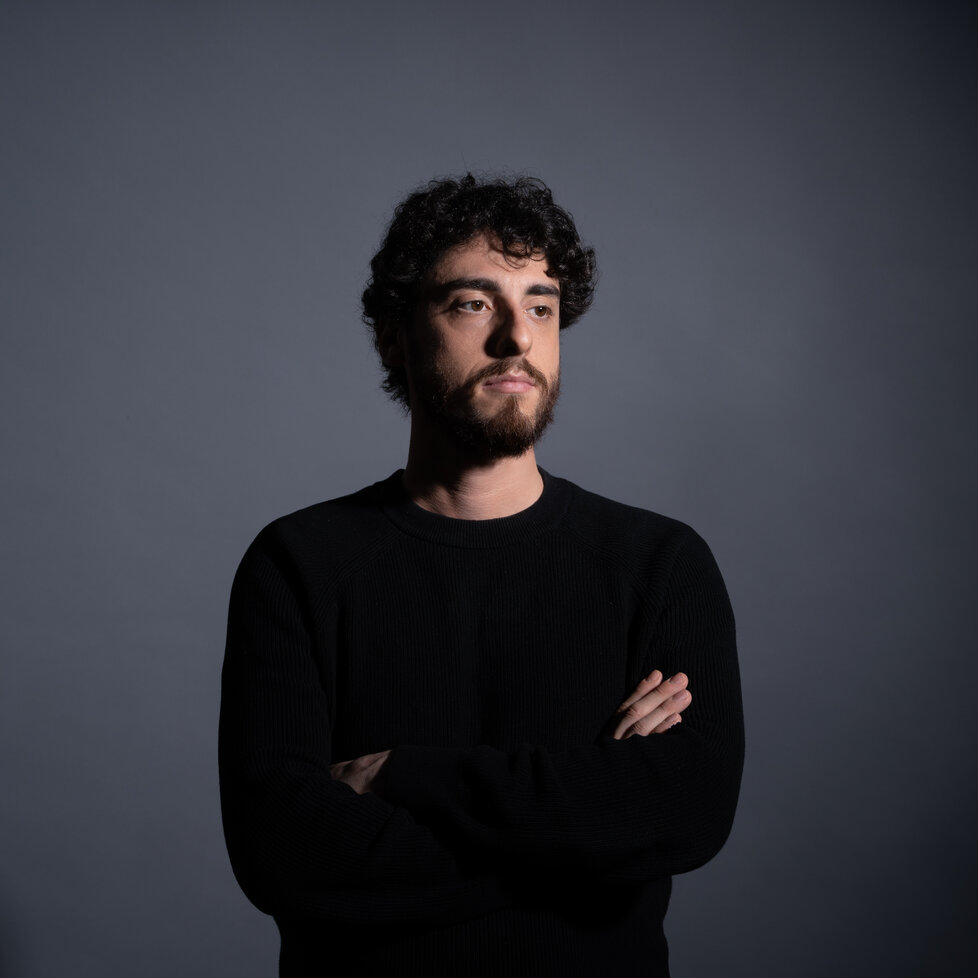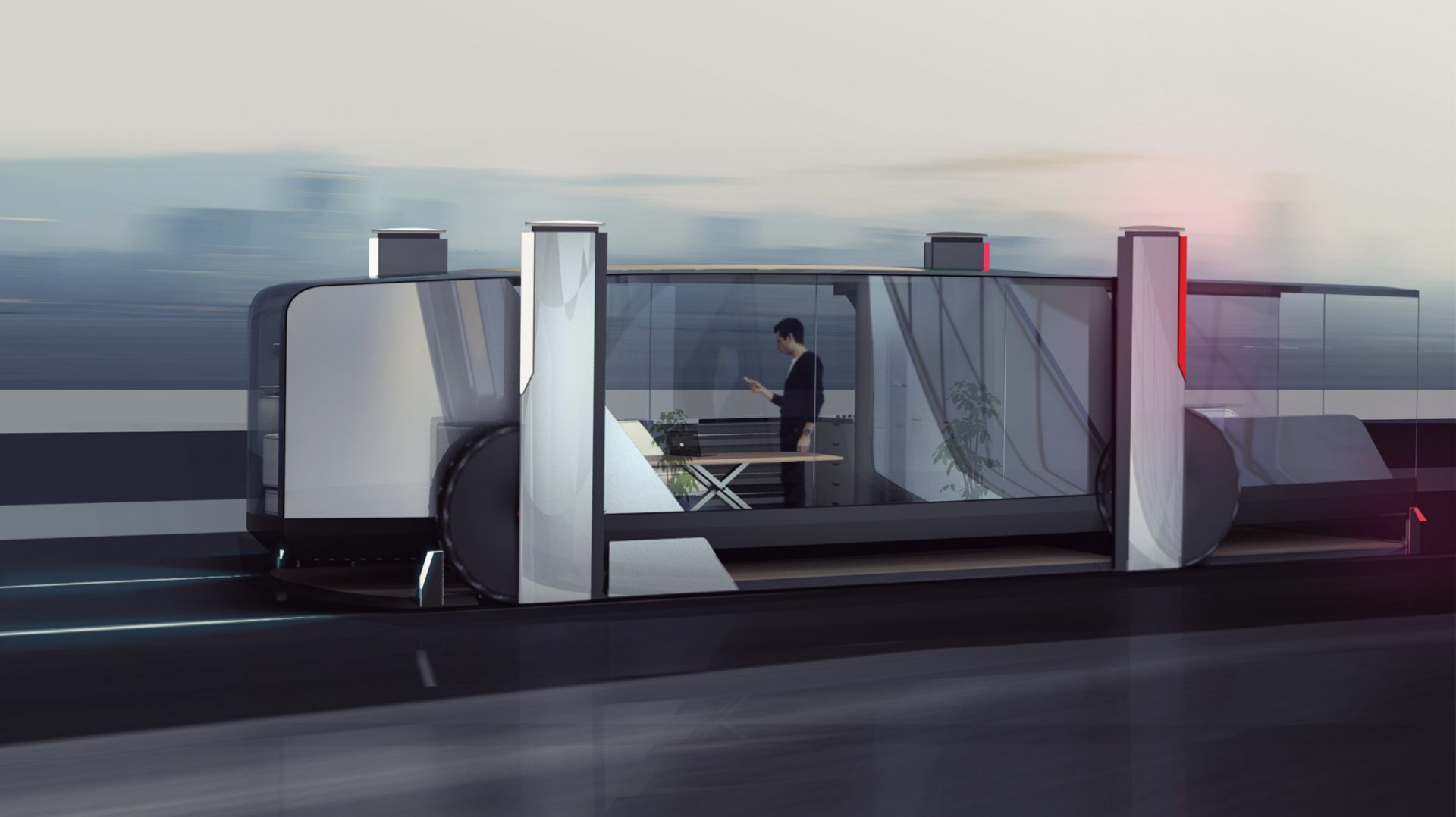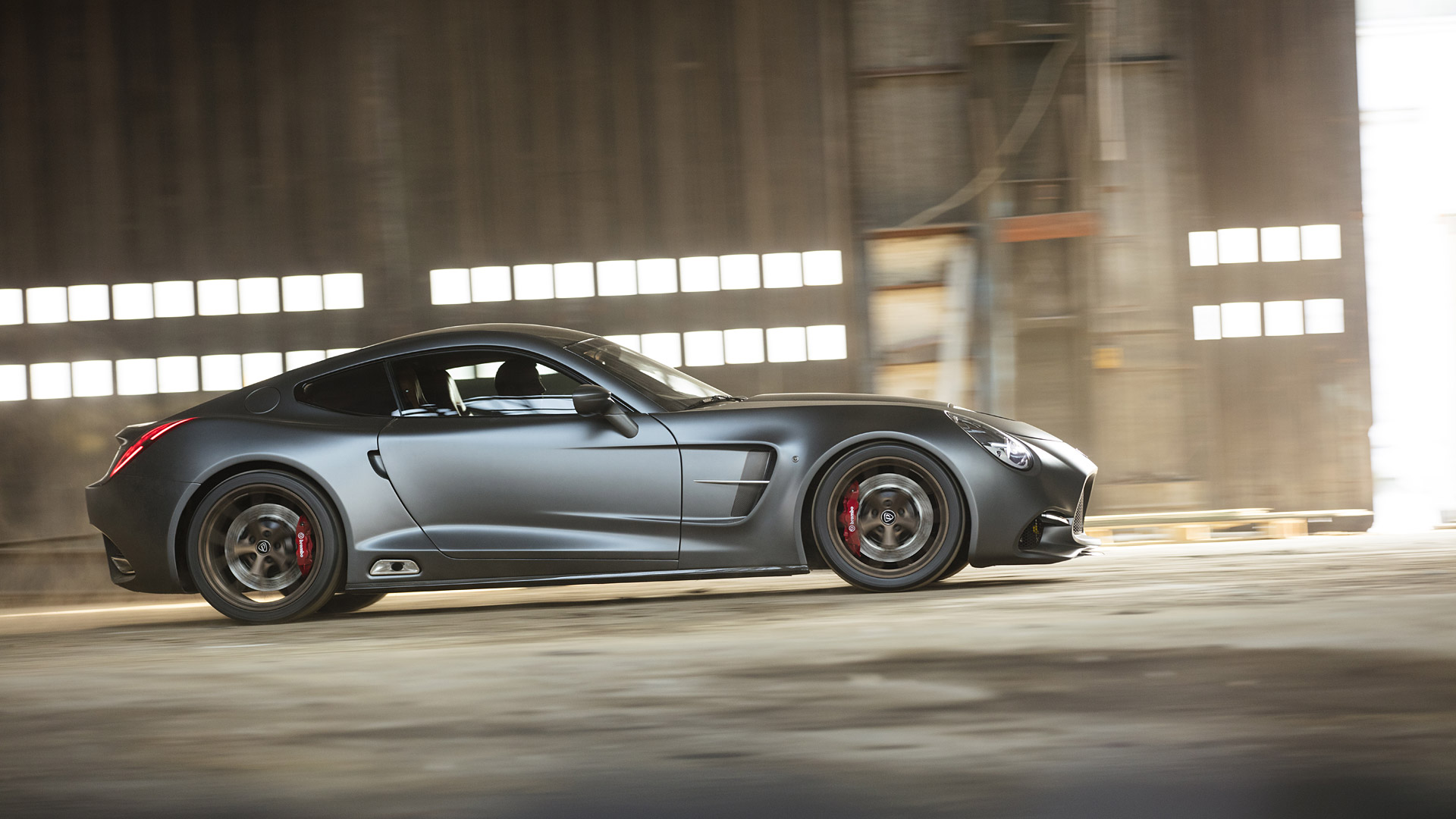What type of services does a car design consultancy offer in 2024?
Vehicle design involves much more than just elegant sketches and wind tunnel tests, particularly for studios tasked with delivering solutions beyond the reach of a company’s in-house team.

I was recommended to meet one of the best in the field to gain insight into this multidisciplinary world, which operates on various design levels, both tangible and intangible. Allow me to introduce Lowie Vermeersch, the founder of Granstudio, an international creative consultancy specializing in the entire mobility ecosystem since 2011.

During my design interviews, I have the opportunity to meet remarkable individuals who tackle challenges on a daily basis. One of the most enlightening encounters so far was with Flavio Manzoni, the Chief Designer Officer of Ferrari. Managing a team of people to realize the vision of creating an intricate object like a car is no small feat. Cars encompass various typologies and fields, making them among the most challenging products to design, attracting some of the most brilliant designers in the industry.
Automotive companies often collaborate with design consultancies to push the boundaries of innovation, offering fresh perspectives and utilizing different approaches and tools. But what exactly do these design consultancies do, and how do they contribute to such a complex process as consultants?
Granstudio exemplifies the breadth of innovation required in this domain.
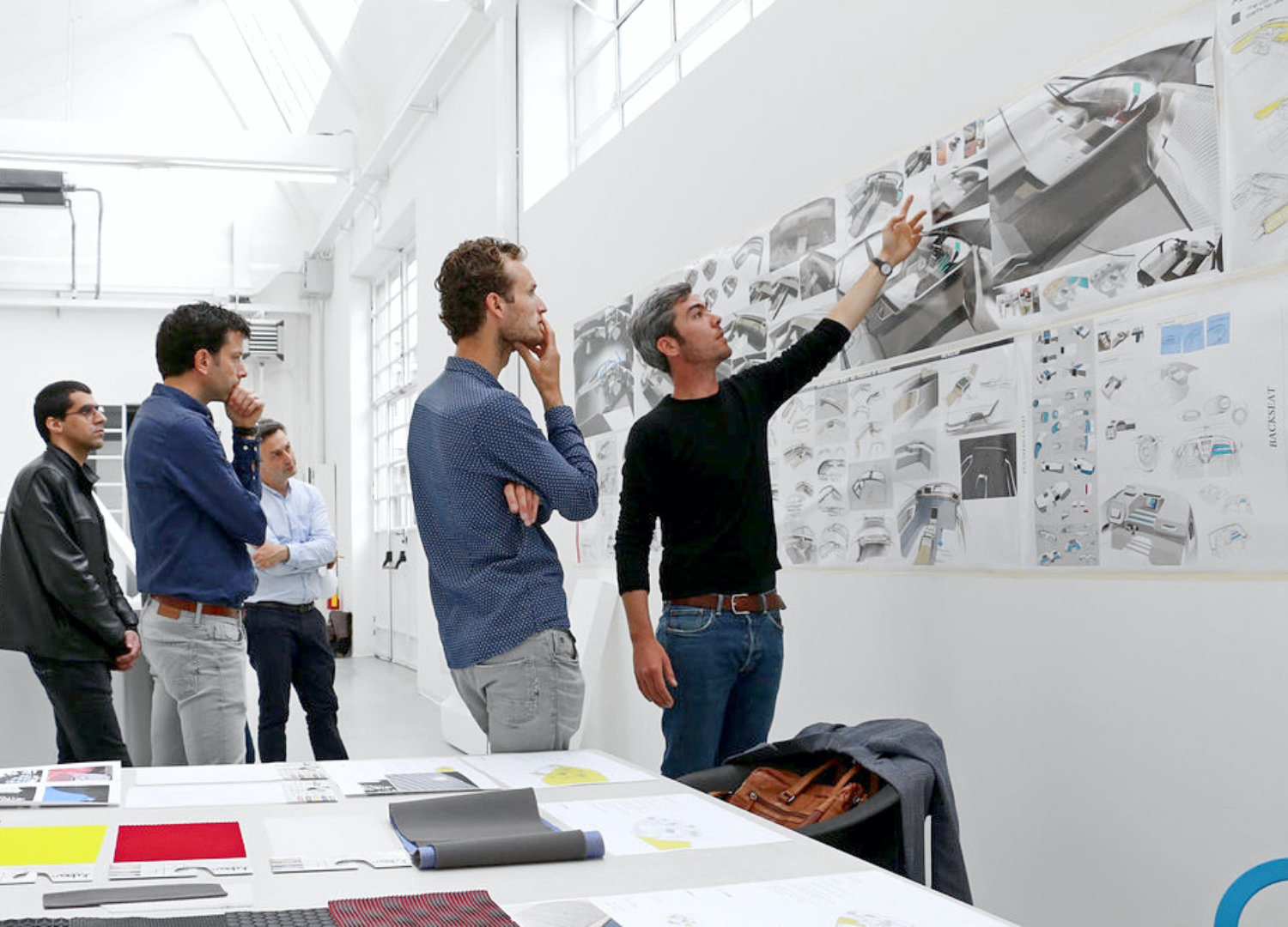
In your opinion, what leads a company to select Granstudio as their partner for vehicle development?
Lowie Vermeersch:
“First and foremost, I would say the quality of our work, which is confirmed by the numerous clients who return once they start working with us. Whether we are designing a turnkey project or assisting clients with a specific need or competence, it is our genuine passion for innovative quality that drives us. Both in content and approach. This is likely due to the fact that Granstudio is truly design-driven. I head the studio and am also a designer, of course.
We also uniquely combine various design disciplines, including automotive styling, interaction design, and mobility design, within a single transdisciplinary collaborative team. Our ability to embrace a holistic approach is indeed the key to generating value from the intersections of competencies, offering companies unique and creative perspectives they wouldn’t otherwise access. And this is further enhanced by the unique and innovative XR design tools and processes that we have developed ourselves.”

What significance does it hold for a studio to handle automotive, interaction, and mobility disciplines simultaneously within a project?
Lowie Vermeersch:
“It is helpful, of course, to address the specific needs of our clients, but it also allows us to create unique value for them. This is because we can easily and simultaneously approach a certain project from different angles. For example, consider seamlessly blending aesthetics, aerodynamics, and interactive light design when designing a car exterior. Or combining our deep knowledge of vehicles with our broader understanding of the future mobility context to define future-proof strategies and offerings.
This ability to combine different disciplines into a single project always generates valuable insights and ideas that are less obvious in big organizations that are split into different and often distant departments. This is all the more relevant now that the goal of design is increasingly focused on the user experience it generates, rather than just aesthetics or function. Designing a car interior now involves considerations of aesthetics, function, interaction, and how it all fits within the broader ecosystem. We can offer and combine all of these aspects simultaneously.”
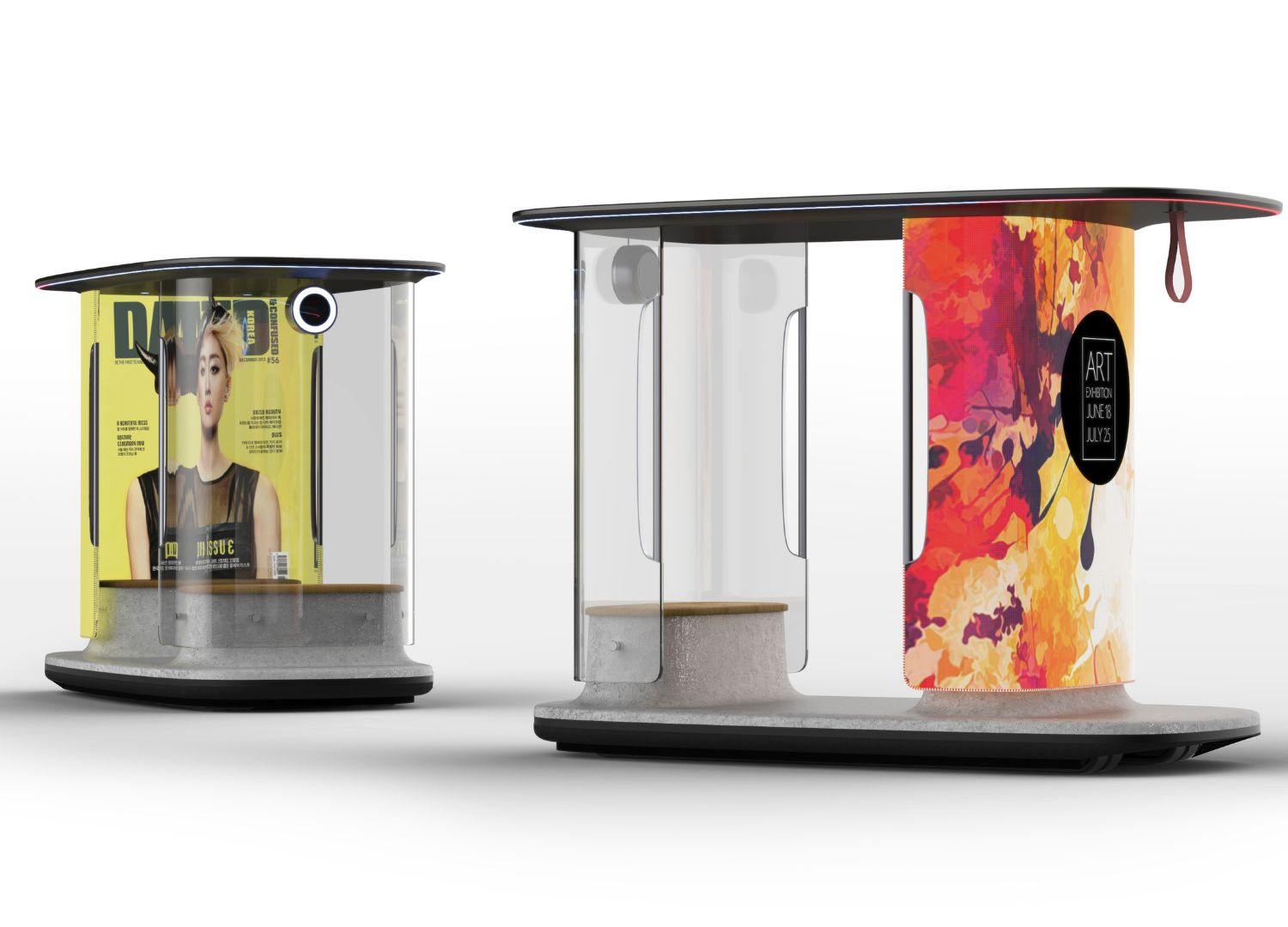
What factors and reasons contributed to the founding of Granstudio, given the sophistication of its service offerings?
Lowie Vermeersch:
“When we founded Granstudio, we had two main underlying visions based on the significant ongoing transitions in automotive design. The first is the digital shift from a strong focus on designing shapes and physical objects towards creating a blend of form and interaction, in line with the rapid integration of new technologies. This is why we not only excel in interaction design (UX/UI Design, HMI Design), but have also developed our own XR design tools from the outset, which are more suited to this approach than traditional static physical models.
Secondly, there is a necessary transition from viewing the car as an isolated object to expanding the perspective to the complete mobility spectrum – a shift from object to system. Our involvement in the broader mobility spectrum from the outset, before mobility became a buzzword, and our work on public transport and mobility strategies have equipped us with a unique combination of in-depth knowledge of vehicles and a deep understanding of the broader mobility context. This enables us to excel both as vehicle designers and future-proof mobility strategists.”

Digiphy appears to function as a testing ground for enhancing user experience in mobility. Could you elaborate on its development process, particularly how the idea originated? Additionally, could you provide a case study example where Digiphy played a pivotal role in driving innovation?
Lowie Vermeersch:
“Yes, it is not only a testing ground but also a truly creative space that allows for an experience-driven design approach. Current designs are no longer just about shape; they also encompass many intangible elements that increasingly define the generated experience. Factors such as light in the interior and digital interactions are two obvious examples. These aspects cannot be easily simulated using traditional physical styling models.
However, VR viewing, on the other hand, lacks the essential physical interactions that are a fundamental part of how we experience a design. DigiPHY combines both elements: a numerically controlled seating buck adjusts to support your body in the correct position and height, project-specific physical properties can be incorporated where haptic feedback is necessary, and the remaining is viewed through VR or AR goggles. Together, they create a rapid and efficient, yet comprehensive, XR experience.

This tool and approach enable designers to seamlessly and rapidly integrate the best mix of design features, both physical and digital, into the desired user experience, without the traditional hierarchy of ‘shape first’. This is why, indeed, we refer to it as a Phygital tool, bridging the gap between physical and digital realms and enabling exploration of a third dimension where new possibilities can take place.”
The world of car development involves extensive lead times before a vehicle hits the market. What advancements are on the horizon for the interaction between users and their cars?
Lowie Vermeersch:
“That is true, and there is increasing pressure to reduce lead times in order to closely follow rapidly evolving design trends. DigiPHY is helping to achieve this by allowing the reduction of expensive and time-consuming physical full-scale styling models. The interactions we design with are becoming increasingly sophisticated.
AI is used to enhance predictive quality, HMI systems are becoming more contextually aware, digital interactions are no longer limited to touchscreens, and the range of services is expanding. The key challenge for design is to translate all of this into a simpler user experience, leveraging technological sophistication to achieve more human-like interactions. This is the design task at hand.”
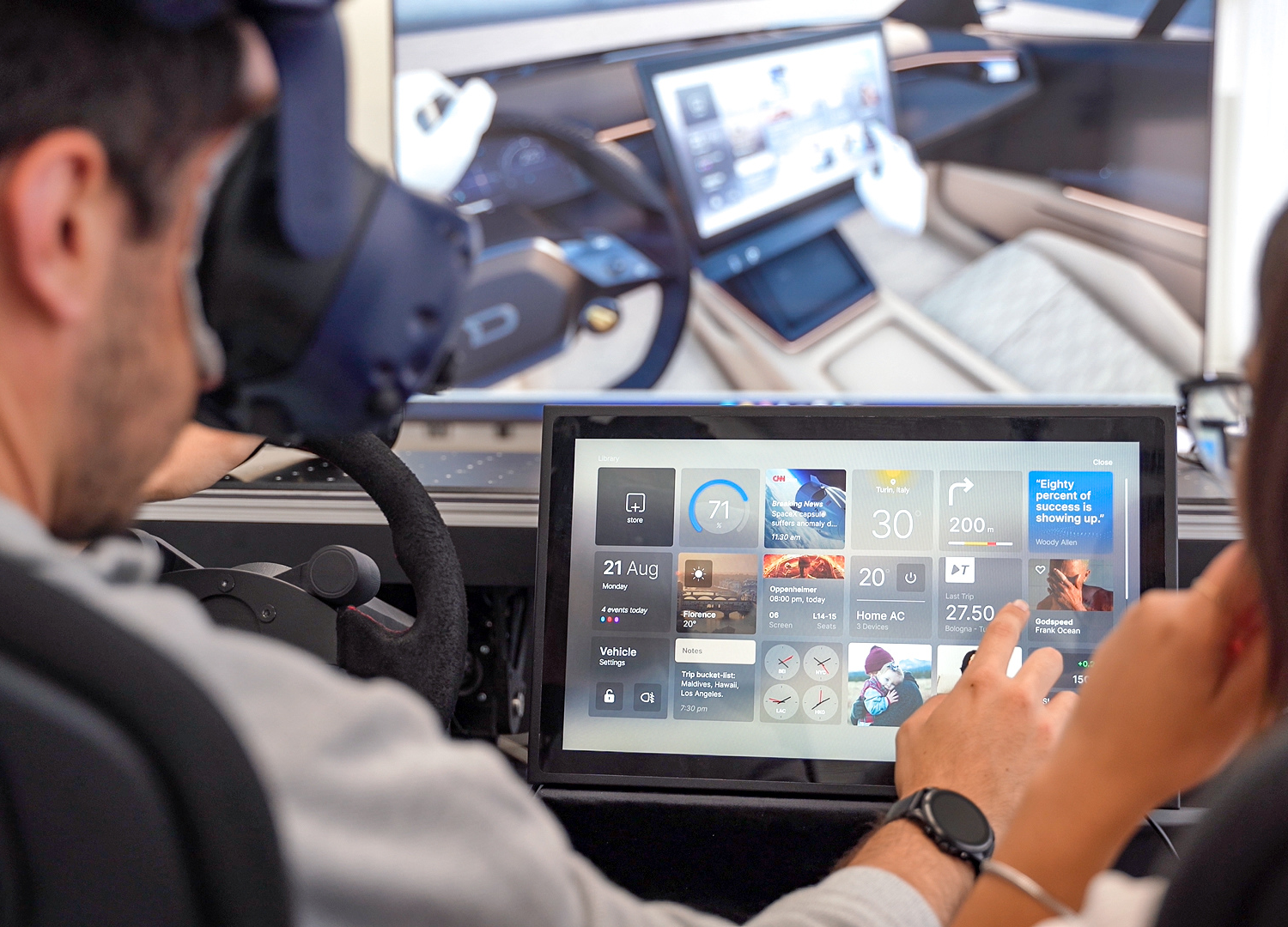
Car design has traditionally inspired various design-related disciplines. Can you point to any best practices or sources of inspiration from other fields?
Lowie Vermeersch:
“Looking to other fields has always been my major source of inspiration. Perhaps it is because I come from an artistic family, but art remains an absolute reference point for me in terms of creative purity. Design may find it challenging to achieve the same level of purity, but it is happily inspired by art.It is also inspiring of course to follow everything happening in the digital design field. New technologies, innovative solutions to old problems, and the tackling of new challenges are all part of the digital transition we discussed, and very relevant for vehicle design.
As I progress, my initial aesthetic focus on design is enriched by an interest in the human experience it generates, and I am increasingly inspired by observing human behavior – what people do, what they enjoy doing. These observations provide valuable insights for us as designers to act upon.”

